Food waste, plastic and paper and cardboard were highlighted as having significant investment potential with growth forecasted between 39% and 100% (see below).
Glass and metal (steel and aluminium) were forecasted to see an increase of about 22% and 24% respectively and therefore moderate investment potential.
Garden waste will see a marginal increase of 4% and therefore does not represent a significant investment opportunity.
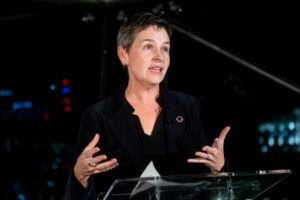
“[It] creates a framework from which central government will build genuine collaboration with industry and local authorities, to develop our recycling capacity and pursue a circular economy. Working together, we will drive economic growth and bring positive change to our communities and the environment.”
The report aims to “signal to investors” where there is over or under-provision of waste management capacity to direct investment.
It is based on waste generation data for 2020 and forecasts for 2025, 2030 and 2035 – taking into account the deposit return scheme (DRS), Simpler Recycling and extended producer responsibility for packaging (pEPR).
The document is the first part of an upcoming suite of “Waste Infrastructure Analyses”.
The report concluded: “As reported by stakeholders through engagement with government, there are barriers to investment in recycling infrastructure. Work is therefore ongoing to identify how to support that investment and investors and recyclers are encouraged to support this work.
“The secretary of state for environment, food and rural affairs has set the transition to a circular economy as one of Defra’s top priorities. This work is supported by a Circular Economy Taskforce, which brings together experts from across national and local government, academia, and industry to support the government in the co-design of an evidence-driven Circular Economy Strategy for England.”
See the full report here.
Food waste
The report found that the introduction of separately collected food waste under Simpler Recycling will see the waste stream increase 100% to 4.8Mt by 2035.
WRAP noted: “If Closed Composting facilities cannot provide an extra capacity outlet for separate food waste (e.g. through mixing at front gate), then there is a potential forecast investment opportunity for AD facilities of 1.375Mt/pa from 2035.”
Plastic
DRS, pEPR and Simpler Recycling are likely to cause plastic packaging to increase by 52% between 2020 and 2035 to 1.6Mt.
This would result in a forecasted capacity investment opportunity of 324kt/pa of plastic packaging reprocessing infrastructure in 2035, if exports remain the same.
WRAP noted that the government will consult on a ban on the export of plastic waste to non-EU countries that are not members of the Organisation for Economic Cooperation and Development (OECD) which may further have an impact.
Paper and card
WRAP forecasted that the introduction of Simpler Recycling and pEPR will see paper and card packaging increase to 5.3Mt/year, a 39% increase from 2020 levels.
This will result in a capacity investment opportunity of 1.7Mt/pa of paper packaging reprocessing infrastructure in 2035, if exports remain the same.
Notably, in 2020, the data showed more paper and card waste collected than reprocessed. WRAP explained that this might be due to contamination of paper and board that is sent for energy recovery or disposal.




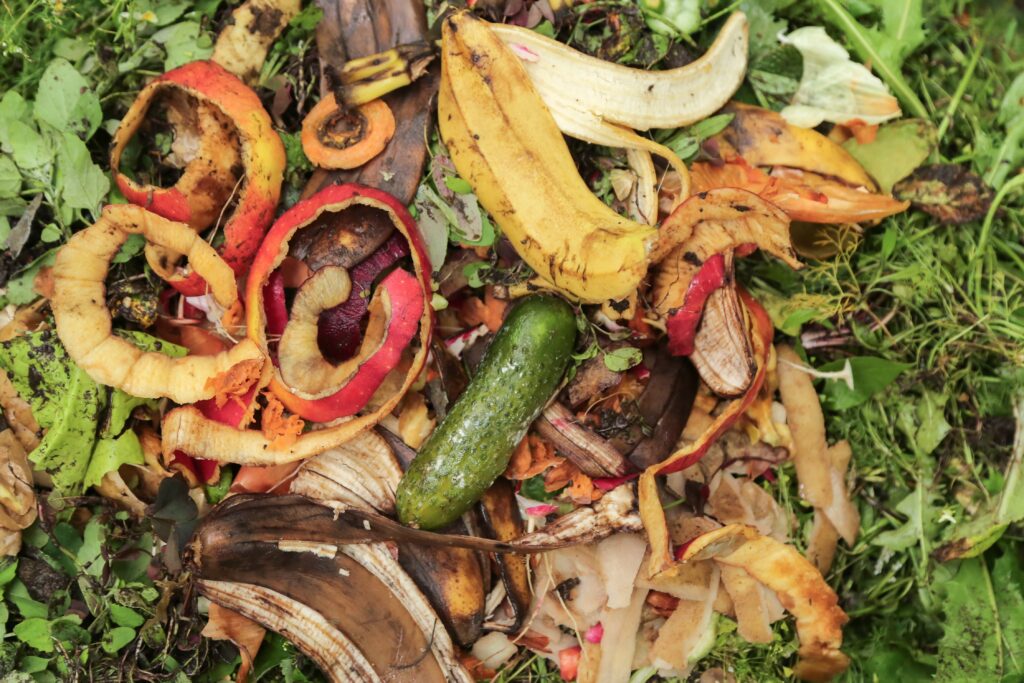
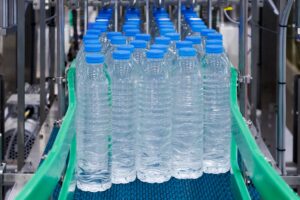
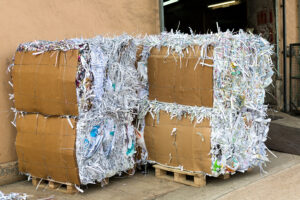

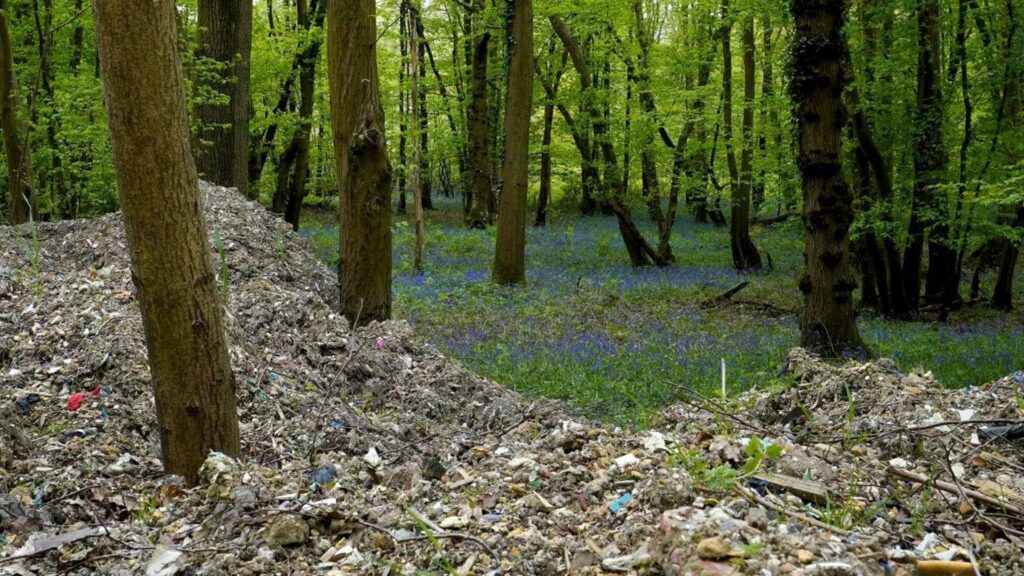

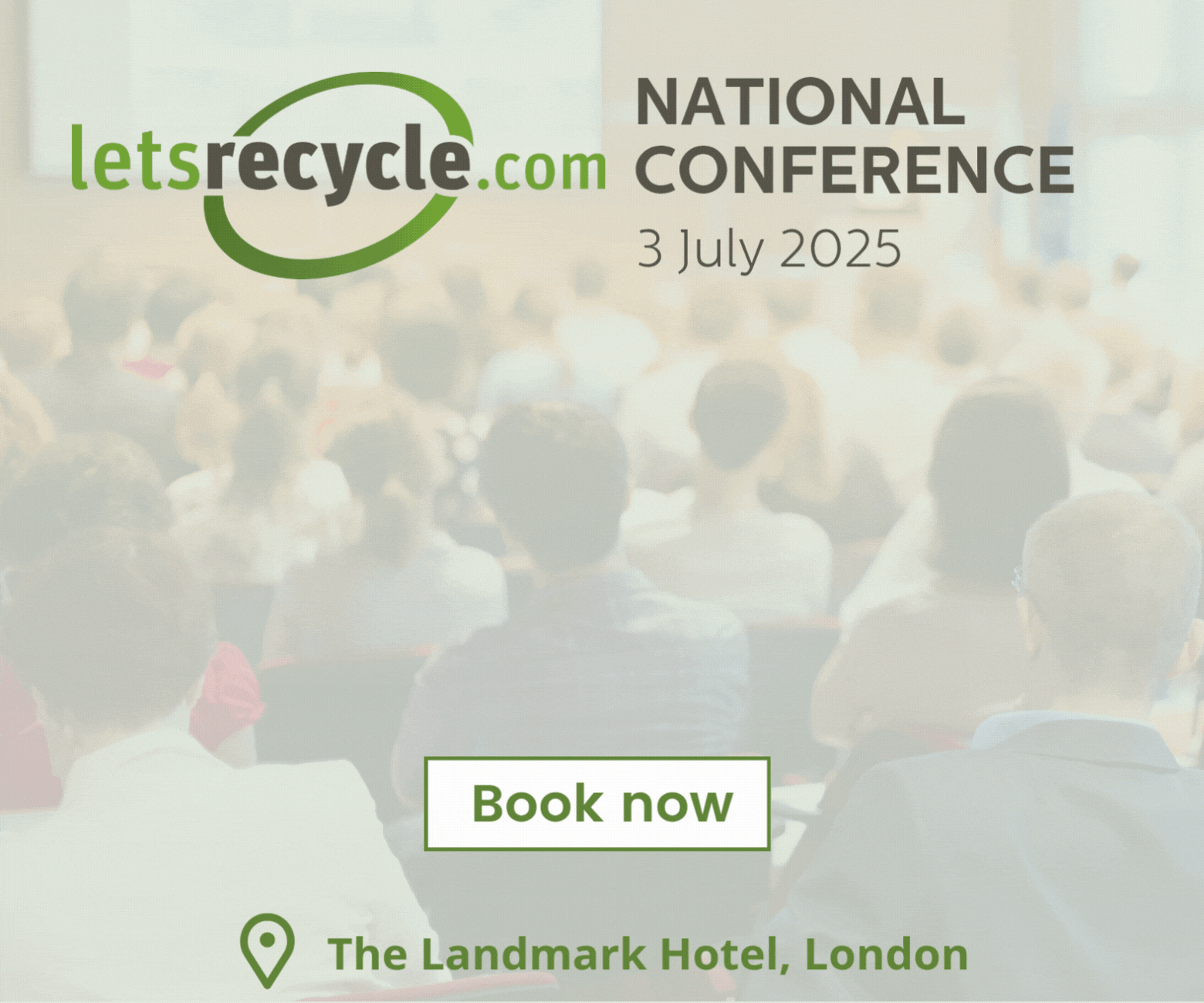
Subscribe for free